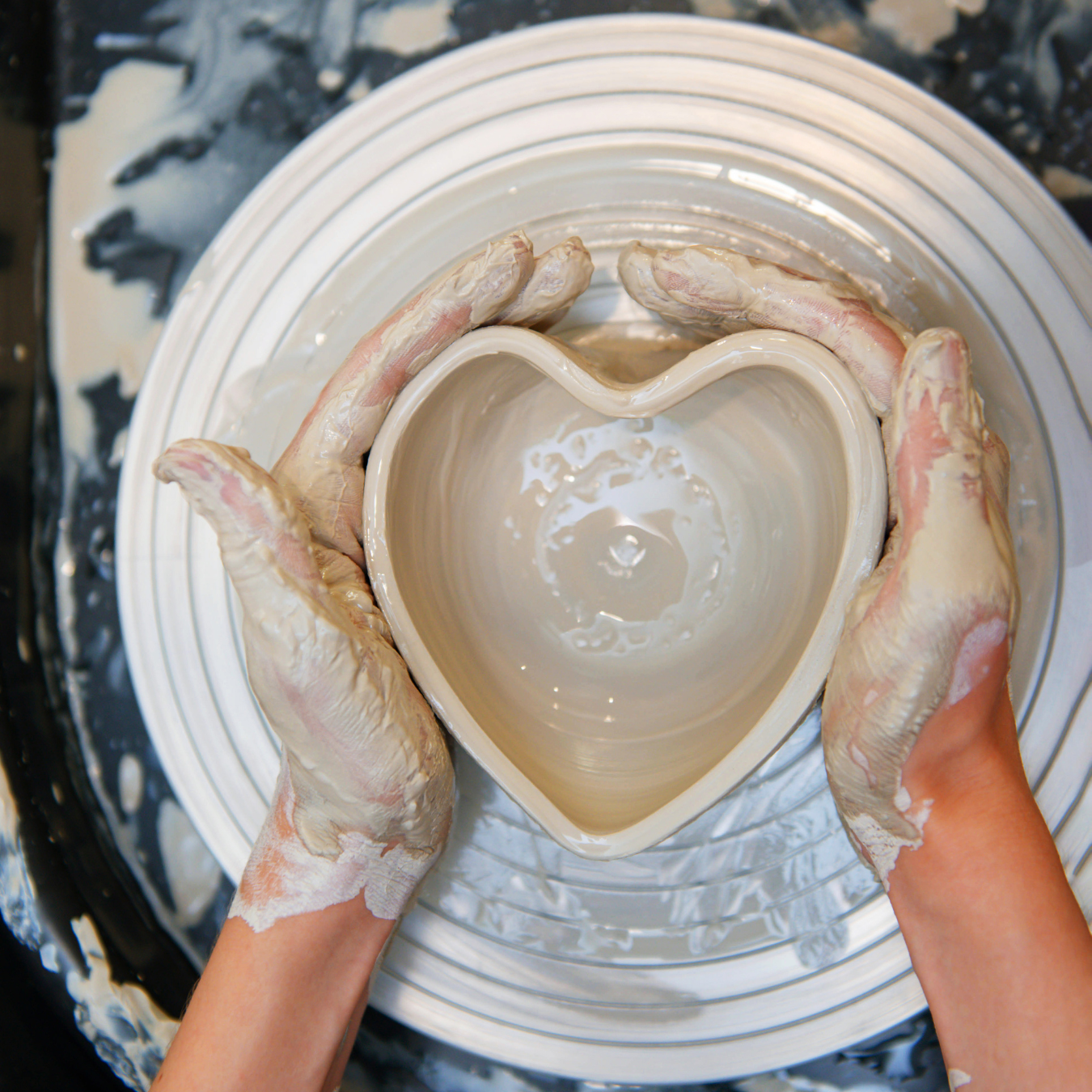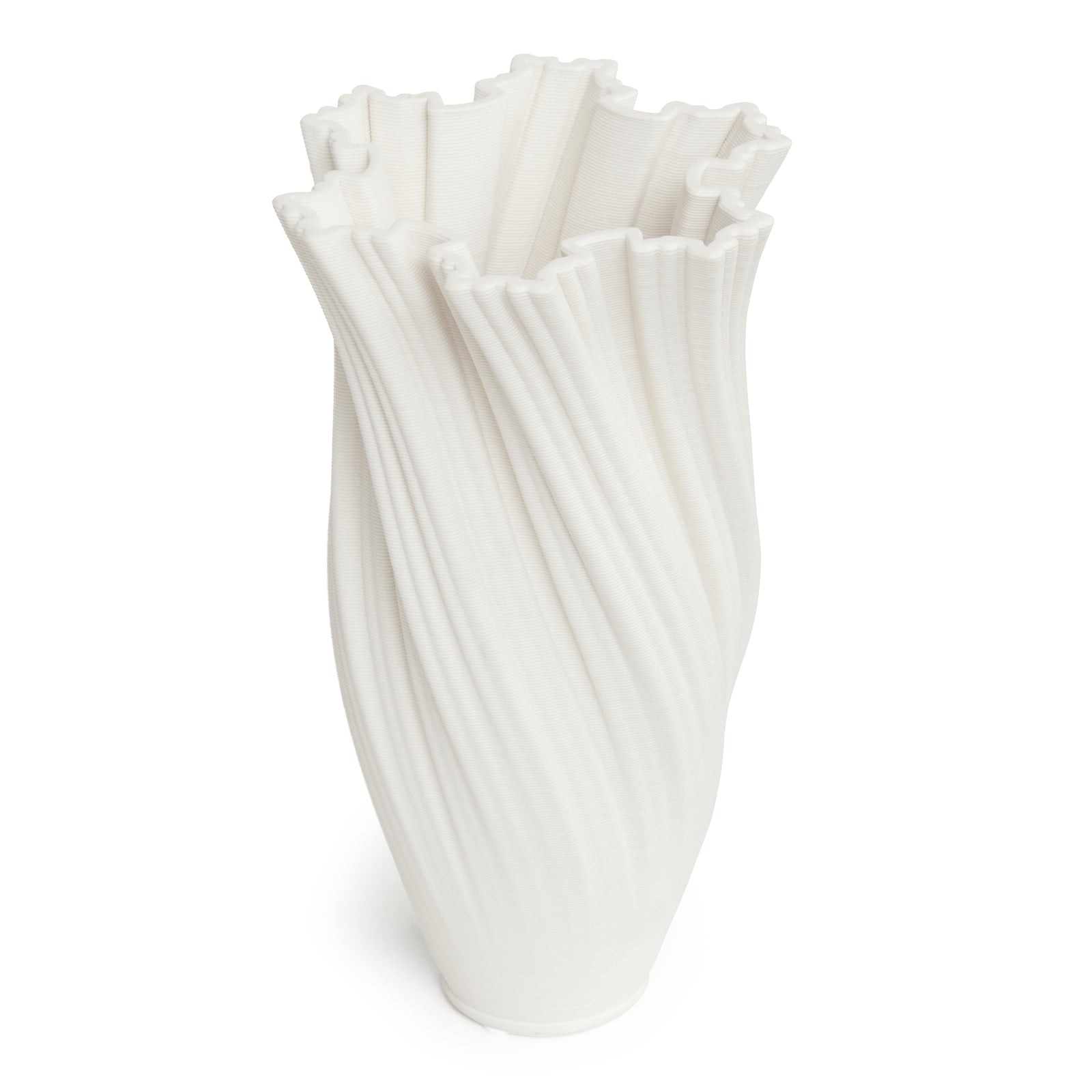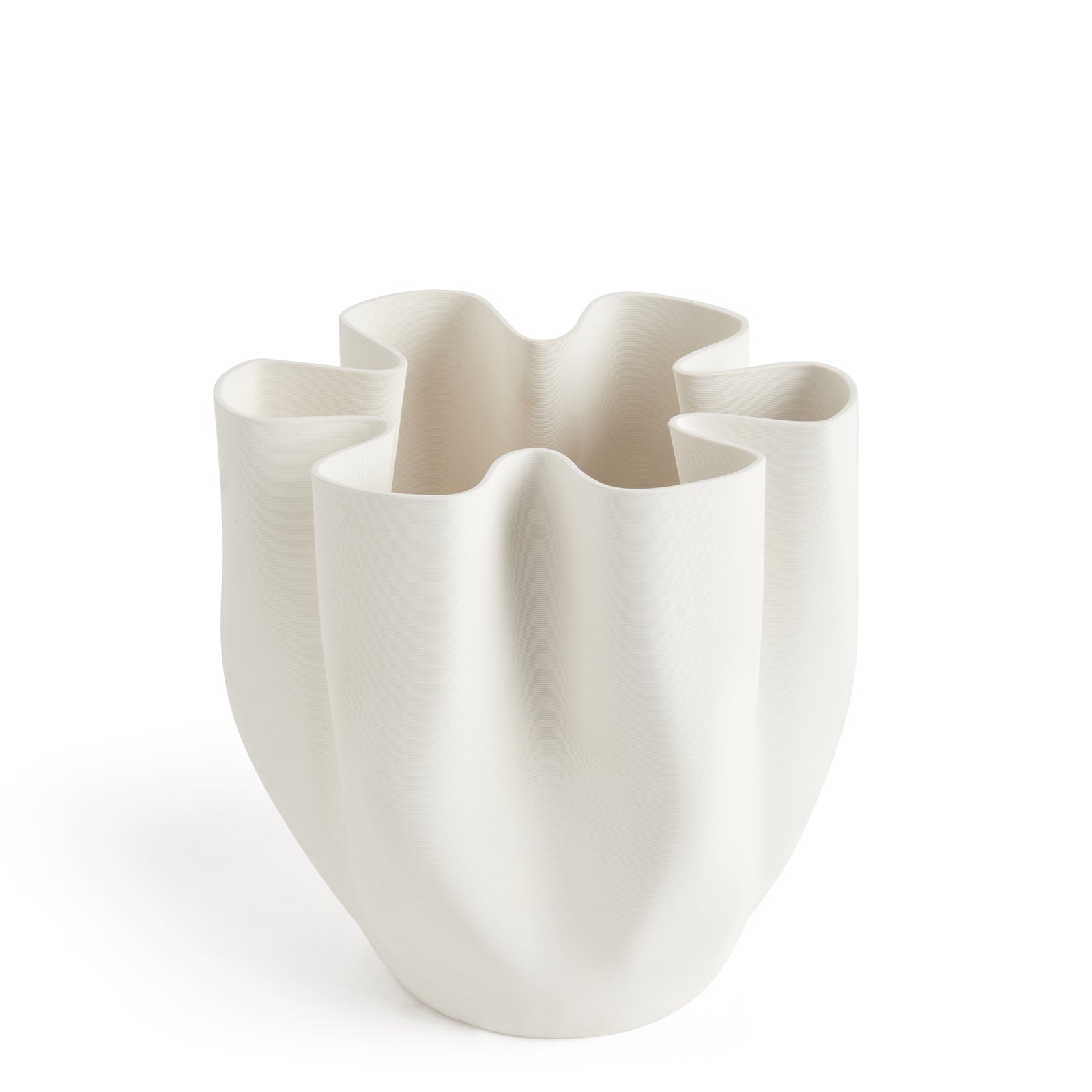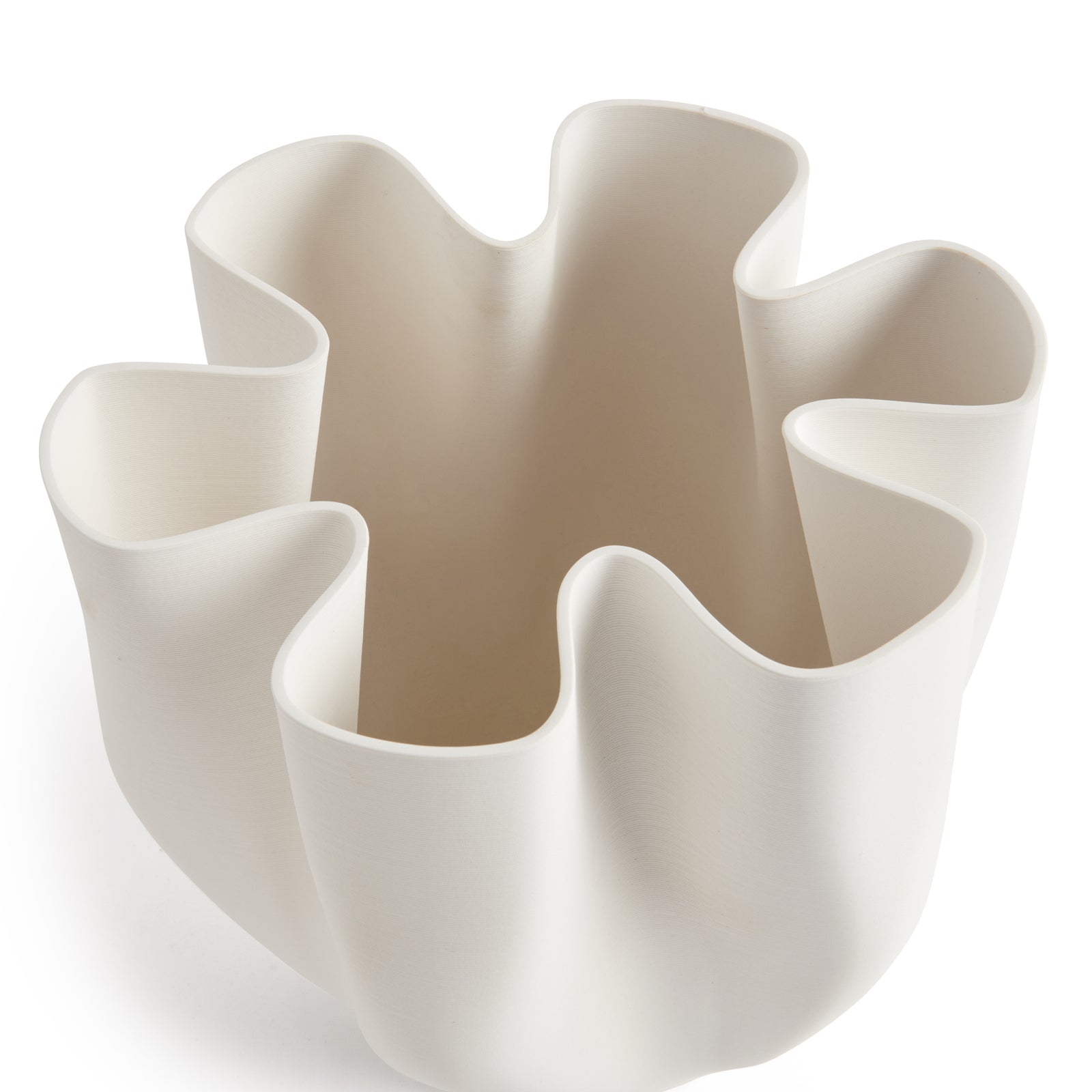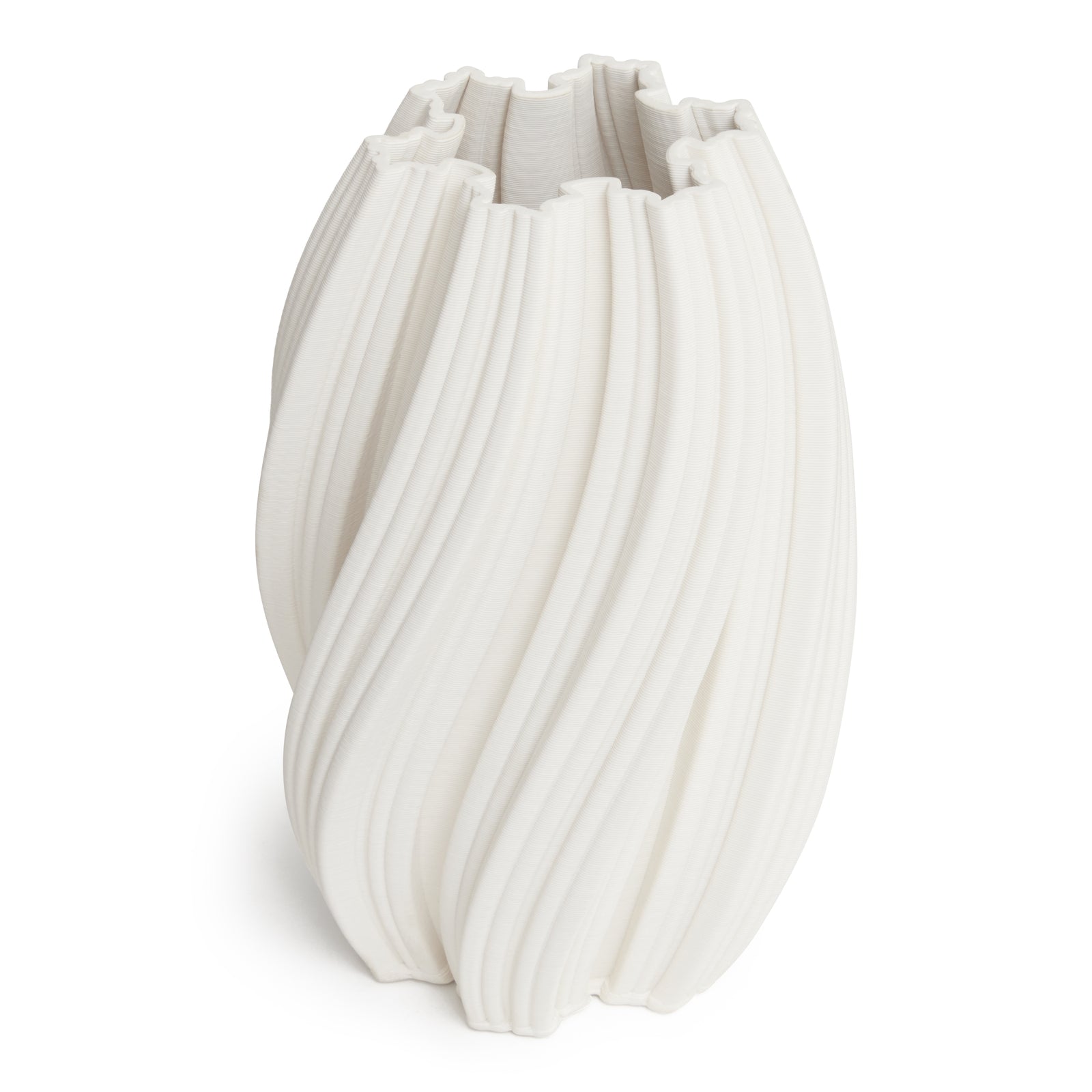In a world that never stops spinning, our homes have become sanctuaries. More than ever, Australians are embracing handmade ceramics for slow living—beautiful, tactile pieces that inspire calm, intentional living. With their organic textures and quiet charm, these ceramics offer more than just decoration. They invite us to slow down, savour the moment, and reconnect with what truly matters.
Why Handmade Ceramics Align with Slow Living
Slow living is not a trend—it's a way of life. It means choosing meaning over excess, craftsmanship over convenience, and mindfulness over haste.
Each handmade ceramic piece reflects this mindset. From softly glazed bowls to subtly imperfect vases, these pieces carry the marks of the maker’s hand—reminding us that beauty often lies in the unfinished and the irregular. They ground our spaces in authenticity and warmth.

The Tactile Joy of Imperfection
One of the most beautiful qualities of handmade ceramics is how they feel. The slight curve of a mug handle, the tiny ridges in a bowl’s surface, the matte texture of a raw glaze—each invites you to touch, hold, and experience. These tactile details encourage us to be present. Every cup of tea becomes a moment. Every glance at a handmade vase becomes a pause. Consider our White Sarah Vase, with her graceful curves and gently fluted, petal-like rim. She invites a quiet pause—drawing the eye in to admire the fluidity and organic beauty of her form.
Tactile materials like clay have even been shown to reduce anxiety and encourage relaxation—making them perfect for the mindful home.

How to Style Handmade Ceramics for a Slower Home
You don’t need a lot. Just a few well-placed pieces can transform a room.
Styling with handmade ceramics is a gentle, intuitive process. Begin with a ritual corner—perhaps a quiet space by the window where a handmade mug, ceramic tray, and tea canister create a calming morning scene. Add a soft linen cloth, a wooden spoon, maybe even a small bud vase with a seasonal flower. The goal is to create moments of beauty that ask nothing from you but your attention.
Texture is your ally. Handmade ceramics come alive when layered with other natural materials like rattan, timber, and linen. Consider the contrast between a creamy ceramic vase and the grain of a wooden shelf, or a dark earthenware bowl resting on a soft linen runner. These gentle juxtapositions add depth and softness to any room.
Rather than cluttering your shelves, group your pieces with purpose. Three to five items of varying height and shape, spaced mindfully, can create a quiet rhythm that invites the eye to rest. Let your ceramics breathe. Let the space around them speak.
Everyday Rituals Enhanced by Ceramics
Slow living is built on small, meaningful rituals—and ceramics become the vessels through which these rituals unfold. The act of making a cup of tea in the morning, for example, becomes more than routine when done with a handmade mug that fits perfectly in your hands. You might find yourself pausing to admire its glaze or appreciating the warmth it holds.
At mealtime, serving even the simplest of dishes in handcrafted bowls can shift your focus from rushing through food to appreciating its colours, textures, and flavours. A single ceramic dish on your bedside table may hold your rings or essential oils, but it also becomes a quiet companion in your wind-down routine. And as the seasons shift, filling a handmade vase with fresh eucalyptus or dried grasses keeps you connected to nature's rhythm. Consider grouping three vessels of similar shape—like the tall Cassia Cream Vase paired with her smaller sisters, Fleur and Clover—for a beautifully balanced display.
These moments, humble as they may seem, are where slow living takes root.

Caring for Handmade Ceramics Mindfully
Owning fewer, more meaningful pieces invites us to care more deeply for them. Handmade ceramics deserve our respect—not only because of their craftsmanship, but because of the calm and joy they bring into our spaces.
Wash them gently by hand. Avoid extreme temperature changes that could cause cracks. Display them where they can be seen, touched, and used regularly. And if a beloved piece breaks, consider not discarding it, but repairing it with intention, maybe even consider the art of Kintsugi.
What is Kintsugi?
Kintsugi (金縫ぎ), meaning “golden joinery” in Japanese, is the centuries-old art of mending broken ceramics with lacquer mixed with powdered gold, silver, or platinum. Instead of hiding the cracks, Kintsugi celebrates them—transforming breakage into part of the piece’s beauty and story.
This philosophy aligns beautifully with slow living. It reminds us that flaws, age, and wear add value—not take it away. If a handmade ceramic breaks, consider it an opportunity: a moment to reflect, repair, and reconnect.
📍 Learn more: The Art of Kintsugi

The Environmental Benefits of Handmade Ceramics
Beyond their aesthetic appeal, handmade ceramics for slow living also align with sustainable values. In a world increasingly aware of its environmental footprint, these thoughtfully crafted pieces offer a responsible alternative to mass-produced homewares.
Unlike factory-made goods, handmade ceramics are typically produced in small batches using minimal machinery and lower energy consumption. Many artisans source clay locally, reducing transport emissions, and often recycle their offcuts back into new creations. Their packaging tends to be minimal and eco-conscious, and the pieces themselves are made to last—resisting the disposability of fast decor.
By choosing handmade ceramics, we take a step toward a more circular, considered way of living. One that values durability, ethics, and care.
Key Environmental Benefits:
- Lower carbon footprint due to small-scale production
- Use of local, natural materials
- Long-lasting, heirloom-quality pieces
- Minimal waste and recyclable materials
- Thoughtful, low-impact packaging
A Brief Look at Australian Ceramic Artists and History
Australia’s relationship with ceramics is deep and diverse. For millennia, Aboriginal Australians have worked with clay and ochre—not just for practical objects, but for ceremonial expression and storytelling. While traditional pottery was rare due to nomadic lifestyles, modern Indigenous artists are increasingly using ceramics to explore cultural identity and connection to Country.
In the 20th century, the Australian studio pottery movement emerged, blending influences from Japanese Raku firing and Scandinavian design. This movement laid the groundwork for the vibrant ceramic community we see today.
Contemporary Australian ceramicists continue to push boundaries while honouring slow, small-batch production. Makers like Kirsten Perry in Victoria create biomorphic, sculptural forms in muted tones. Susan Frost in New South Wales is known for minimalist, elegantly glazed vessels. Tantri Mustika fuses terrazzo effects with earthy clay bodies, while Erinswindow in Tasmania crafts whimsical, emotive pieces by hand.
Each artist brings a distinct voice to the table—but all share a commitment to mindfulness, materials, and meaningful design.
Ceramics and Mindfulness: Finding Presence in the Everyday
Mindfulness is the gentle practice of being fully present—right here, in the moment. It doesn’t require silence or stillness. Sometimes, it begins with something small: the curve of a ceramic bowl, the way light falls across a glazed surface, or the quiet rhythm of a daily ritual.
When we choose handmade ceramics for our daily moments, we invite mindfulness into our routines. Pouring tea into a warm mug becomes a pause. Placing a vase just so becomes a breath. Even washing up becomes meditative when we move slowly and with care.
These quiet acts don’t just fill time—they give it meaning. They teach us to notice, to honour, and to cherish.

Why Handmade Ceramics for Slow Living Are Worth It
Choosing handmade ceramics for slow living isn’t about collecting objects. It’s about creating a home that reflects how we want to feel: calm, grounded, and connected. These pieces bring tactile joy, visual serenity, and deep emotional value into our lives.
Each one becomes a reminder—to slow down, to appreciate the imperfect, and to find beauty in the everyday.

